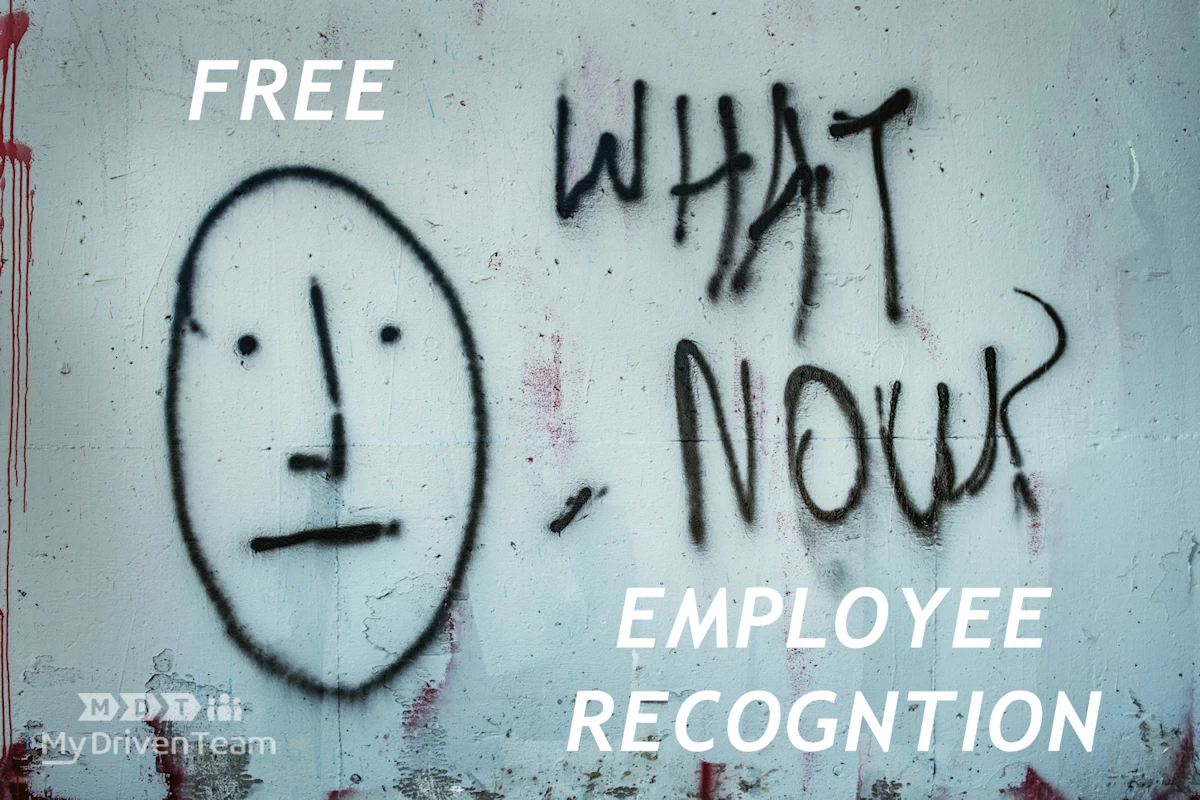
Lasting change is typically a difficult endeavor. It takes determination to start, ingenuity to figure out how, and endurance to sustain it. Let’s focus on the last one…endurance and the tools that can help prolong it (or keep it in check).
There are several factors that can affect the endurance of a change. For now, let’s assume we are talking about a process in a business or professional setting. What are the elements here?
- People (Who is involved)
- Process Itself (inputs, outputs, training, documentation or other things that hold it in place)
- Place (Where does the process exist / what systems does it use)
- Accountability (Leadership)
- Culture (otherwise known as the habits of the people in the process)
That may seem like a lot. And to be honest, it is. Leaders set out to change and keep a process in check and often forget some or all of the elements from above, but not MDT Leaders!!! Unfortunately, any of these single elements can derail a process in a matter of moments. I’ve seen this happen many times, right before my eyes!
All you have to do it is forget to train one person in the process and boom…the ball gets dropped! Forget to supply a single input and kapow…your not getting the expected output. Miss a step in the system and zap…your out in the cold.
That said, who has time to consider everything noted above? Whether you are the process owner or just a stakeholder that wants to see things stabilize, time is always one of the limiting factors in keeping or improving a process. We cannot make more time.
In order to overcome this challenge, I’ve noticed that another shorter set of elements (3 to be exact), can actually influence all of these items, be simpler to implement, and ultimately helps to keep our process in check.
3 Basic Elements That Influence Process Change:
1.) Set a Clear Purpose:
Setting a clear purpose may sound like something out of a “Strategy Planning Kit for Dummies Book”, but it’s not. Think about it this way…do you get into your car and start driving without at least considering the value of that drive? Of course not! The same goes with any process. Over time, the people involved in that process must consider the value of that work. If they deem it of less value than another task, then they will likely choose that other task. Sure, you can apply pressure to keep them doing it, but that is the definition of oppression. Seriously, here is the definition of oppression from Google (although we are talking about killing of spirit in lieu of the literal):
noun
prolonged cruel or unjust treatment or control.”a region shattered by oppression and killing”
2.) Create Process Controls:
Most people cringe when they hear these words. I really do believe this is human nature, or at least American Nature. It almost seems like people hear the word “Control” and think you are attacking their right to be free. This is actually the opposite. By having a process that is out of control, employees are actually stealing opportunity from the customers, co-workers, vendors, and business owners.
All of that said, controls can be very simple! They don’t need to be in the form of reports or checklists (although those can work very well). Some of the more affective controls I’ve seen in place take the form of something colorful and inspiring. Think of the temperature gauge for your favorite charity or the “do not disturb” sign on your hotel room door. One is a visual control that helps show a team the status of their efforts (temp gauge)where the other is more of a stage-gate to the process. No matter what the controls are, consider the following:
- Remind them of the Purpose – should be meaningful with a clear target
- Published in an area that gets visibility – small note here…limit the number to ensure there is focus
- Performance metrics – preferably both leading and lagging indicators
3.) Add Cadence & Commitment to Accountability
It’s so easy to blame Leadership for the problems in any organization. Of course Leaders have blame in an organization, because they are decision makers (or non-decision makers. lol). It starts at the top and trickles down. As Dave Ramsey would say, “the oil drips from the beard”. That means that all of the good and bad habits from the leaders in an organization (especially at the top), drips into all other areas of that organization.
So, if you are at the top of the process, the commitment you have to holding a process accountable will for sure impact the endurance of the process. In addition, the frequency with which you hold it accountable will predict how far off track it will get before you come back and make an adjustment.
For example…if you stand-over a process and watch it, but react within seconds of a process deviation, you’ll likely keep that process very tight and in control. However, take that same process and only hold it accountable once a week and there may be disastrous consequences.
Therefor, it is the combination of cadence and commitment that hold a process in place.
C X C = C (Cadence x Commitment = Control)
All of that being said, you must balance your control with time and people. Here’s what to consider:
- What are the right level of details so that you get enough information to make corrections
- What is the right frequency to hold accountable so that things don’t get too far off track.
- How do you make sure that you lead without being an oppressor?
- How do you hold accountable but balance that with changing the process when it’s not working
If the team already has a cadence and commitment to accountability, this isn’t too bad. However, if you have nothing in place for this, then it’s a bit more challenging. Most organizations fall somewhere in between. If you already have dashboards or metrics then it might be as simple as adding something and reviewing on a certain cadence.
Tools that can help:
Write down the purpose of the process. Such a simple and skipped step that costs almost nothing! Often times, leaders figure out that not only is the purpose unclear…sometimes it’s completely changes the process. Skip this step at your own peril!
Setup a recurring calendar reminder and use your calendar – this is one of the easiest and most useful tools. Don’t underestimate the power of this one!
Setup a visual in a high frequency area. Stop and ask questions about it once a day, a week, or month depending on what the need is. This could be as complex as a trend graph or as simple as a two-sided sheet (red on one side, green on the other). Use your imagination!!

Create a process checklist. This is probably the hardest, but can be the most effective. Someone will have to make sure they are getting done. Think about the bathroom checklist at your favorite fast food restaurant.
Perform a high level process audit to see where there are gaps in your current process; this would be reserved for a large impact process due to the time investment (although this is a great learning opportunity also). Here’s a link to an in-depth process audit from the Harvard Business Review:
https://hbr.org/resources/pdfs/hbr-articles/2007/04/hammer-assessing-worksheet.pdf
Add incentives towards the steps in the process or the results from the process. This can be tricky and many leaders don’t believe in it. The attitude of, that’s what I pay them for just doesn’t work sometimes. So, think about simple incentive ideas that don’t cost much.
It’s taken me years to understand the dynamics of a process and the human connection to it. It’s definitely a mixture of art and science. However, if you follow the steps above, you’ll have a great chance for success and a great foundation to build upon going forward!
As usual, if you have any question or concerns…feel free to email me at bob@mydriventeam.com
Thank you and may God Bless your efforts!



